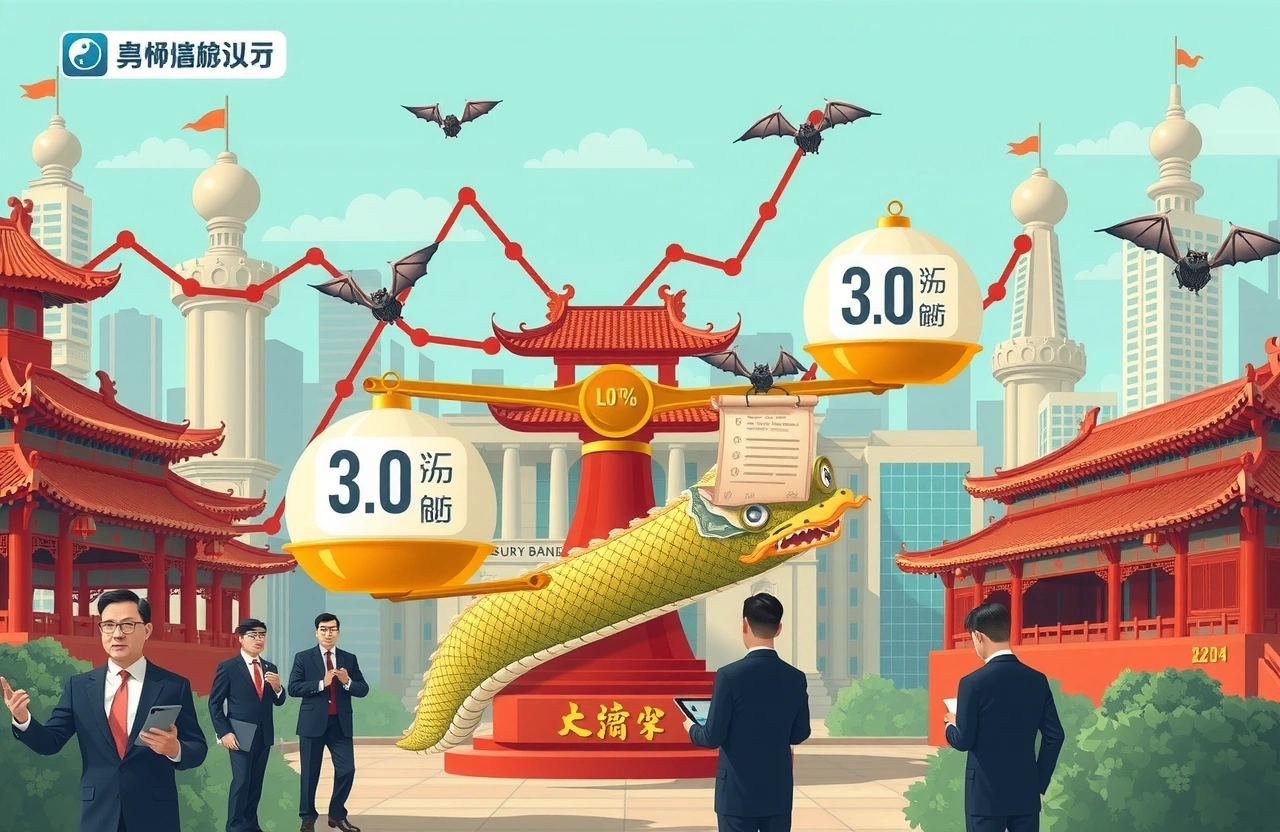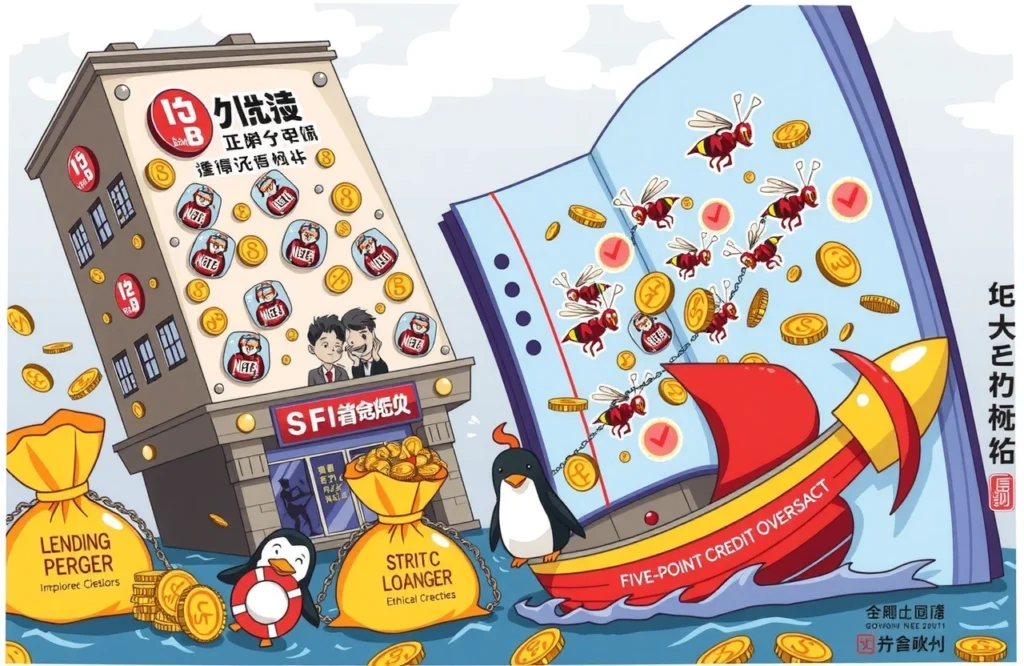Key Takeaways
– China’s central bank maintains 1-year LPR at 3.0% and 5-year LPR at 3.5% for July
– Marks third consecutive month with unchanged Loan Prime Rates
– Analysts foresee potential LPR cuts in second half to stimulate domestic demand
– Monetary policy remains “appropriately loose” with focus on property market stabilization
– Future adjustments to balance growth targets with financial system stability
The Loan Prime Rate Announcement
For the third consecutive month, China’s benchmark lending rates remained unchanged as the People’s Bank of China announced the July Loan Prime Rate (LPR). The 1-year LPR holds steady at 3.0% while the 5-year rate maintains at 3.5%, mirroring June’s figures. This decision comes amid government efforts to balance economic stimulus with financial stability, reflecting what analysts call a “measured approach” to monetary policy during uneven recovery patterns.
The Loan Prime Rate system serves as China’s de facto benchmark lending rate, directly impacting corporate borrowing costs and mortgage rates nationwide. The central bank’s decision signals continued commitment to the “appropriately loose” monetary stance declared at recent policy meetings while monitoring international market volatility and domestic consumption patterns.
Policy Committee Guidance
The monetary policy committee recently emphasized strengthening “inverse cycle adjustments” – a technical term for countercyclical policies that stimulate during downturns. Their latest meeting minutes reveal intentions to:
– Increase monetary policy intensity
– Enhance adjustment foresight
– Flexibly calibrate implementation rhythms
– Employ diverse monetary tools
Analyst Perspectives on Future Direction
Cautious Optimism for Rate Cuts
Wang Qing (王青), chief macro analyst at Oriental Jincheng, told financial media: “External uncertainties persist, requiring forceful domestic demand stimulation. Restabilizing the housing market necessitates further Loan Prime Rate reductions later this year.” His assessment highlights dual pressures facing policymakers – weakening export markets and the ongoing property sector slump.
Implementation Constraints
Property Market Stabilization EffortsLPR trends reflect cautious monetary approachEconomic Context and Global Comparisons
The Path ForwardMultiple indicators suggest monetary authorities retain policy ammunition:
– Reserve requirement ratio (RRR) remains 15-50bps above global norms
– Policy rates exceed inflation levels throughout 2025
– Corporate debt service ratios recently improved
Market focus has shifted toward alternative stimulus mechanisms following the Loan Prime Rate decision:




